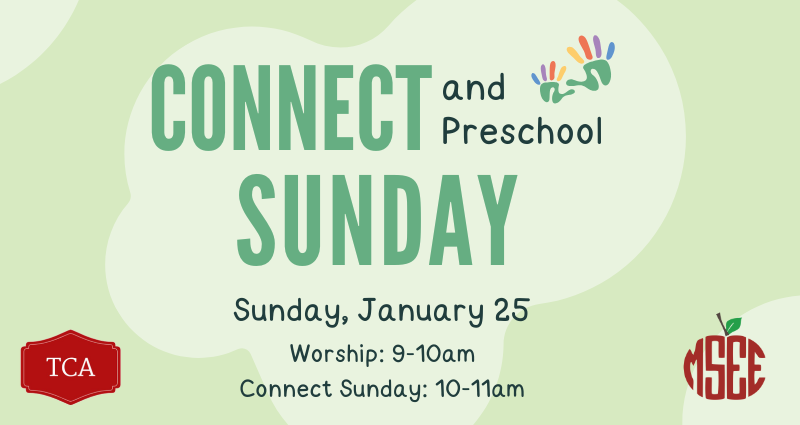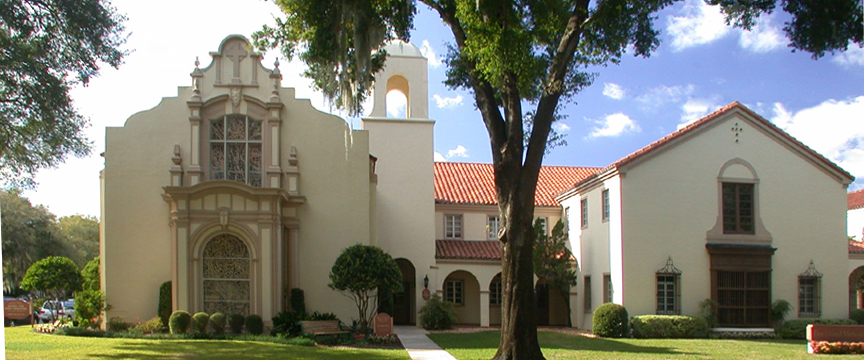Hello church family — I wanted to write a few posts about our student connect groups. I wanted to write about them because not only are the groups really new to our family, they are also really growing and connecting with a group of students and families we have never met before. God is blessing this ministry, and I thought it was important to share my heart for the new adventure.
So why connect groups? Briefly, connect groups are groups of students (less than 12) led by a non-staff member, meeting in a home, all pointed towards the discipleship of everyone in the group. This model works for us because of our deep theology of small groups being the best way to grow in our discipleship is with small group community.
God as community
Our first biblical glimpse of the aspects of God is God in community. We see this in Genesis:
Then God said, “Let us make humankind[c] in our image, according to our likeness; and let them have dominion over the fish of the sea, and over the birds of the air, and over the cattle, and over all the wild animals of the earth, and over every creeping thing that creeps upon the earth.” (1:26, emphasis mine)
And so we see that first glimpse of the Trinity- God is communion within God’s self-shows us that as we reflect God, we also thrive in the community.
Jesus as a small group leader
As a youth director this old adage has given me courage when things get hard: “so your youth group is small tonight? Take heart- Jesus’ youth group only had 12 kids, they never got his illustrations, and one of them wanted to kill him.”
It’s funny, but it is also true. Jesus, during his short time on earth, constantly found ways to work with a small group of believers. His disciples (and the women who traveled with him) were his confidants, his friends, and the people he chose to personally pour his life into. From these 12 (plus women) that the entire world has heard the message of the Gospel.
Thumb through any gospel and you will see dozens and dozens of instances where our Lord chose to do miracles, tell stories, and generally live life– all in the context of small groups.
Wesley and the cell group
The Methodist movement was a small group. Charles and John Wesley were at Oxford and found that a deep spiritual faith wasn’t happening in their larger church setting. So they sought out a deeper faith formation in the context of what we would call a connect group. They met with one another and asked the simple question: “how is it with your soul?” They would also hold one another accountable for the things they identified in their lives as sin. They grew together. They grew so much, that here we are today, calling ourselves “Methodists,” after their “methods,” of growing together.
And so our connect groups have deep historical roots, but what does that mean for our students today? How can we ensure that our connect groups remain relevant in our time, which is so different from Jesus’ and Wesley’s time? Well, be sure to check back next Monday for the next installment of this series.
Grace and Peace,
Michael LeBlanc, Director of Student Ministry











